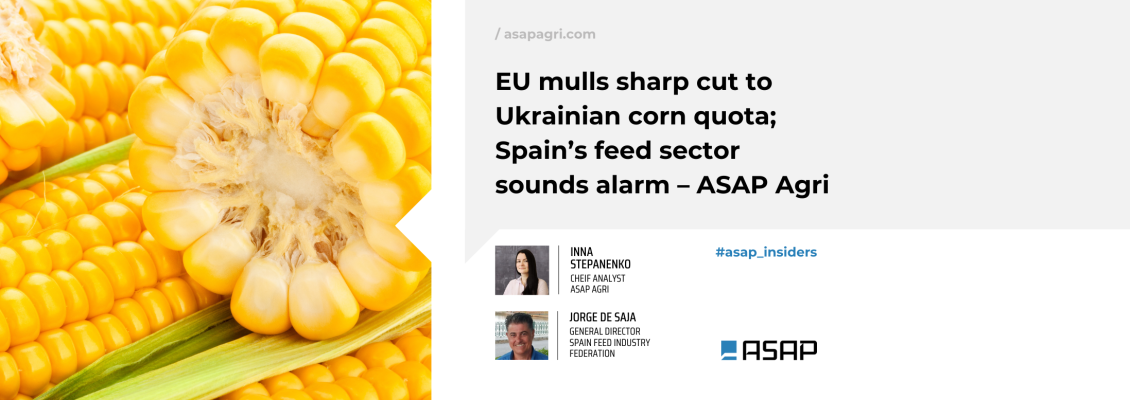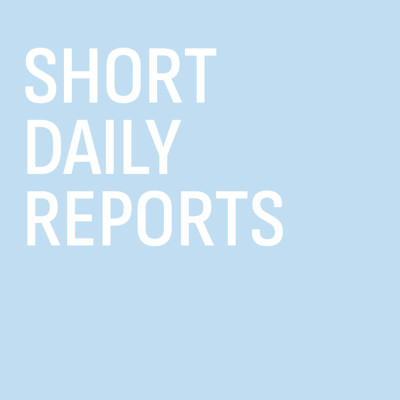
Із наближенням завершення дії режиму призупинення мит і квот на український аграрний експорт, запровадженого ЄС у 2022 році після повномасштабного вторгнення росії, зростає напруження щодо подальших дій Брюсселя. Поточні правила діють до 5 червня 2025 року.
14 травня Financial Times з посиланням на дипломатичні джерела в ЄС повідомила, що блок готується суттєво підвищити мита на український імпорт вже найближчими тижнями. Крім того, планується розподілити річну безмитну квоту на 12 щомісячних лімітів — крок, спрямований на обмеження обсягів поставок під час триваючих переговорів.
Найсерйозніші зміни очікуються щодо кукурудзи: річну безмитну квоту можуть скоротити з 4,7 млн тонн до лише 650 тис. тонн.
Якщо ці заходи буде реалізовано, це завдасть серйозного удару по українському експорту кукурудзи, адже майже половина її постачань нині спрямовується до країн ЄС. Станом на жовтень–квітень Україна вже відвантажила близько 7,6 млн тонн кукурудзи до ЄС, з яких 2,3 млн тонн припадає на Іспанію — одного з ключових покупців.
Запропоноване скорочення квоти стане серйозним викликом для іспанських імпортерів, попередив Хорхе де Саха, генеральний директор Іспанської федерації кормової промисловості.
«Річна квота у 650 тис. тонн створить серйозні логістичні труднощі та змусить нас більше покладатися на альтернативні джерела, які можуть бути менш ефективними або дорожчими для таких країн, як Іспанія», — заявив де Саха в коментарі для ASAP Agri.
Таке скорочення загрожує порушити критично важливий ланцюг постачання для
тваринницького сектору Іспанії. «Українська кукурудза наразі є для нас найбільш
життєздатною альтернативою США, особливо з огляду на обмежену доступність
аргентинської кукурудзи, яка радше є довгостроковою перспективою, ніж
короткостроковим рішенням. Подібний крок порушить усталені потоки та може
поставити під загрозу безпеку кормового сегменту для іспанських покупців», — додав
він.




Прокоментувати